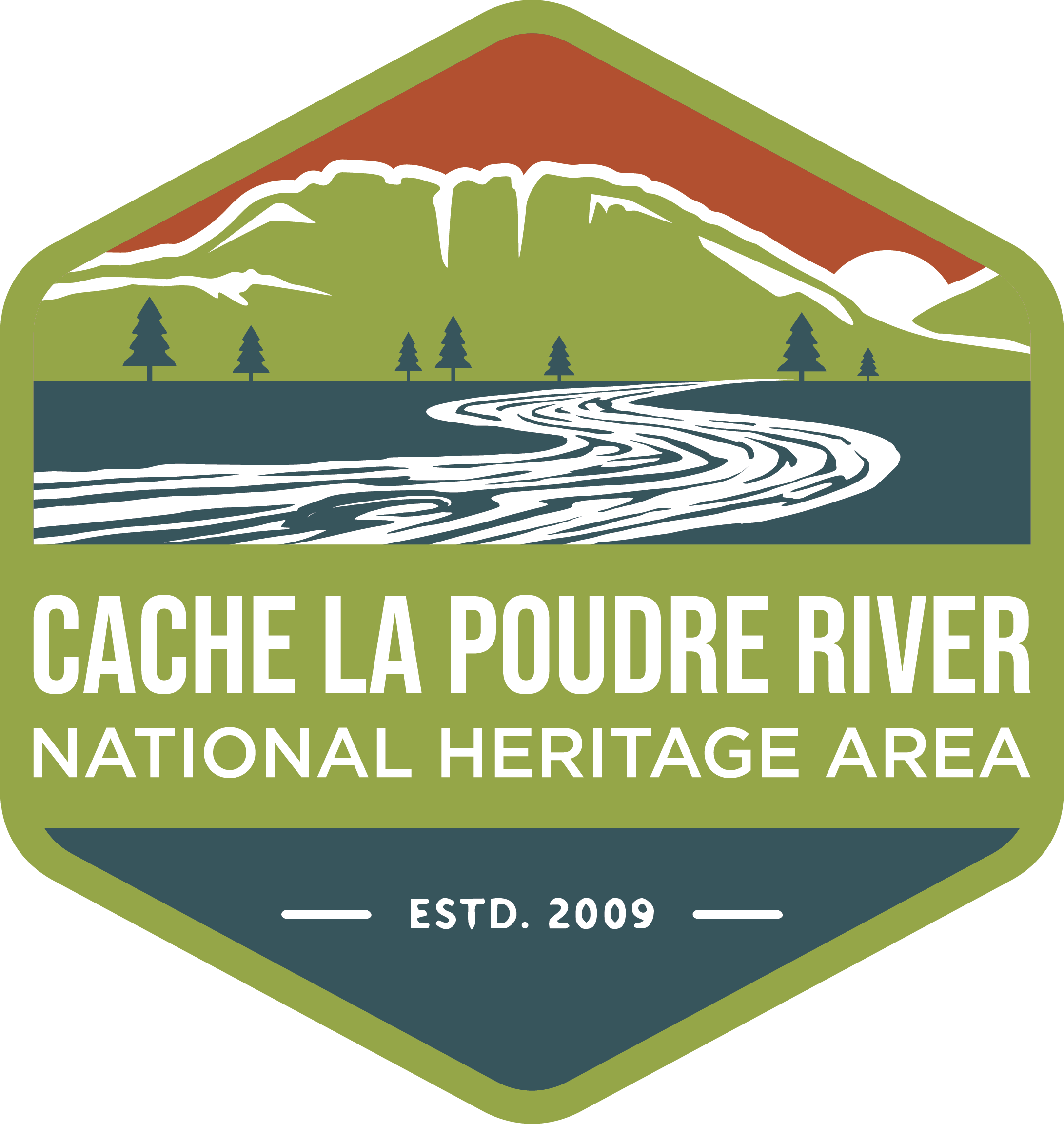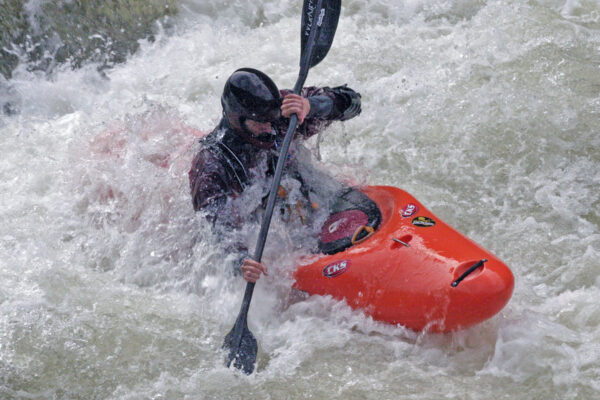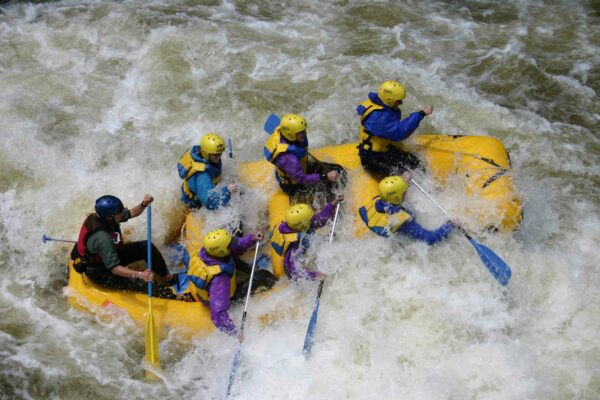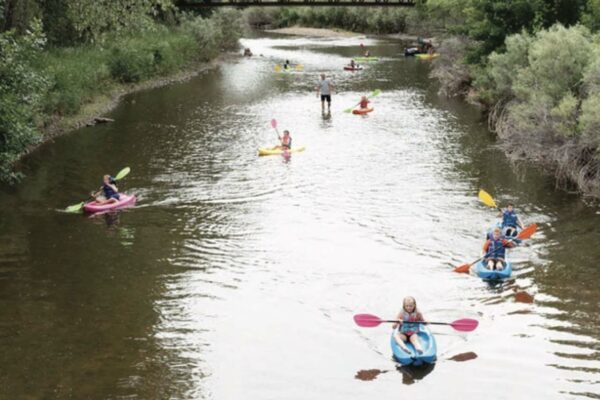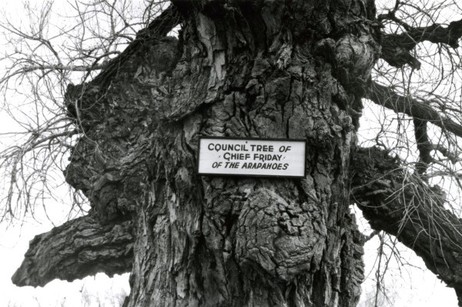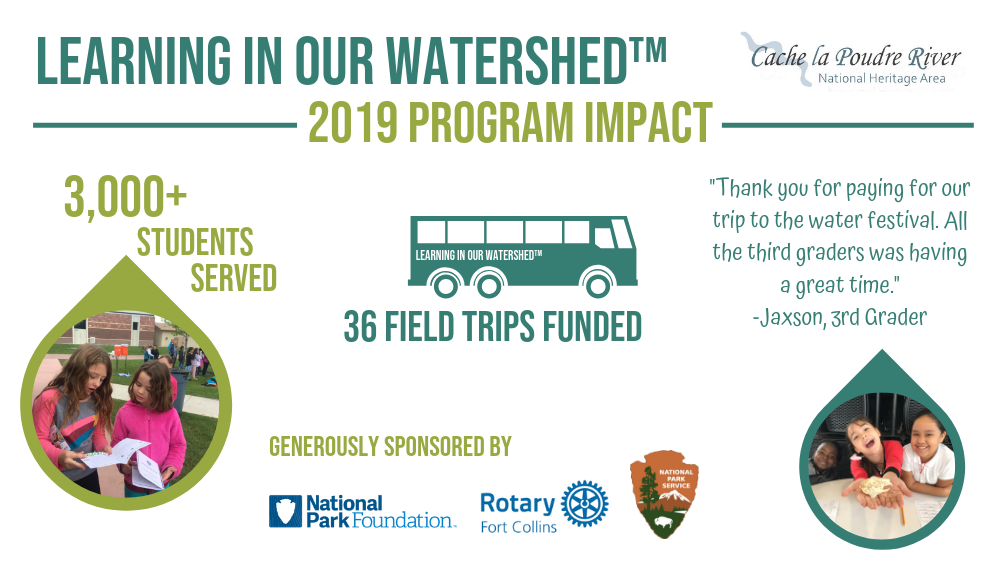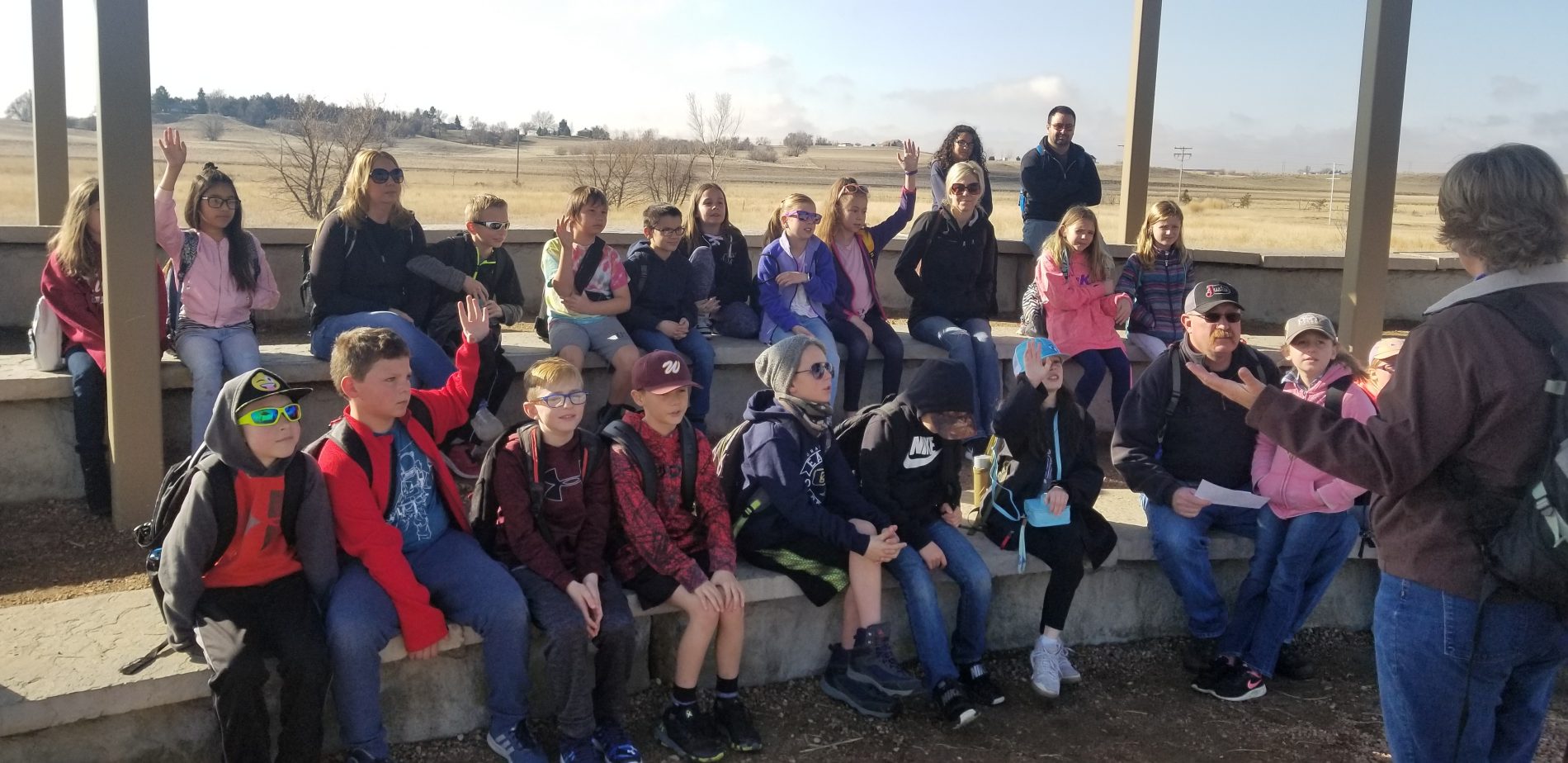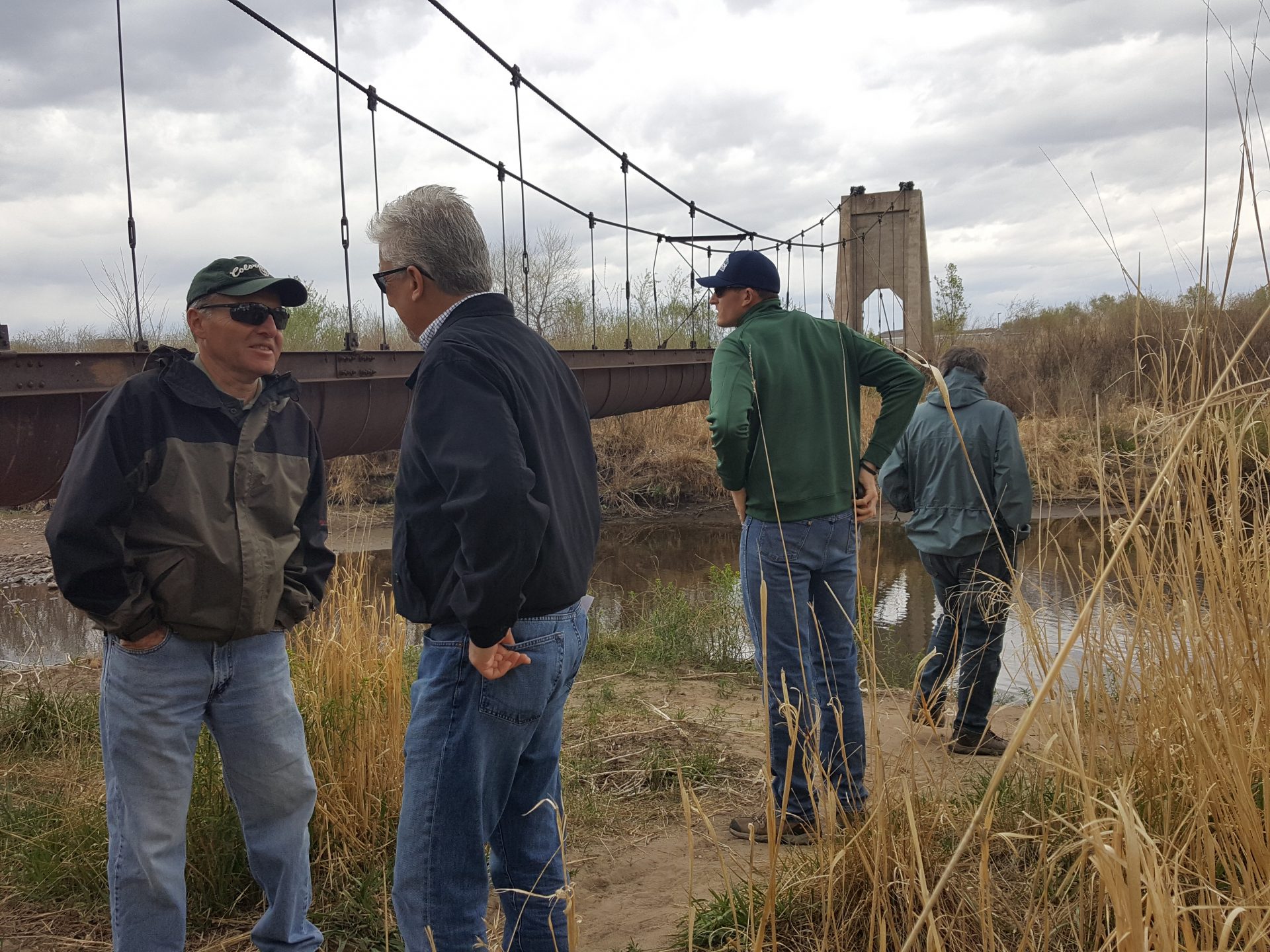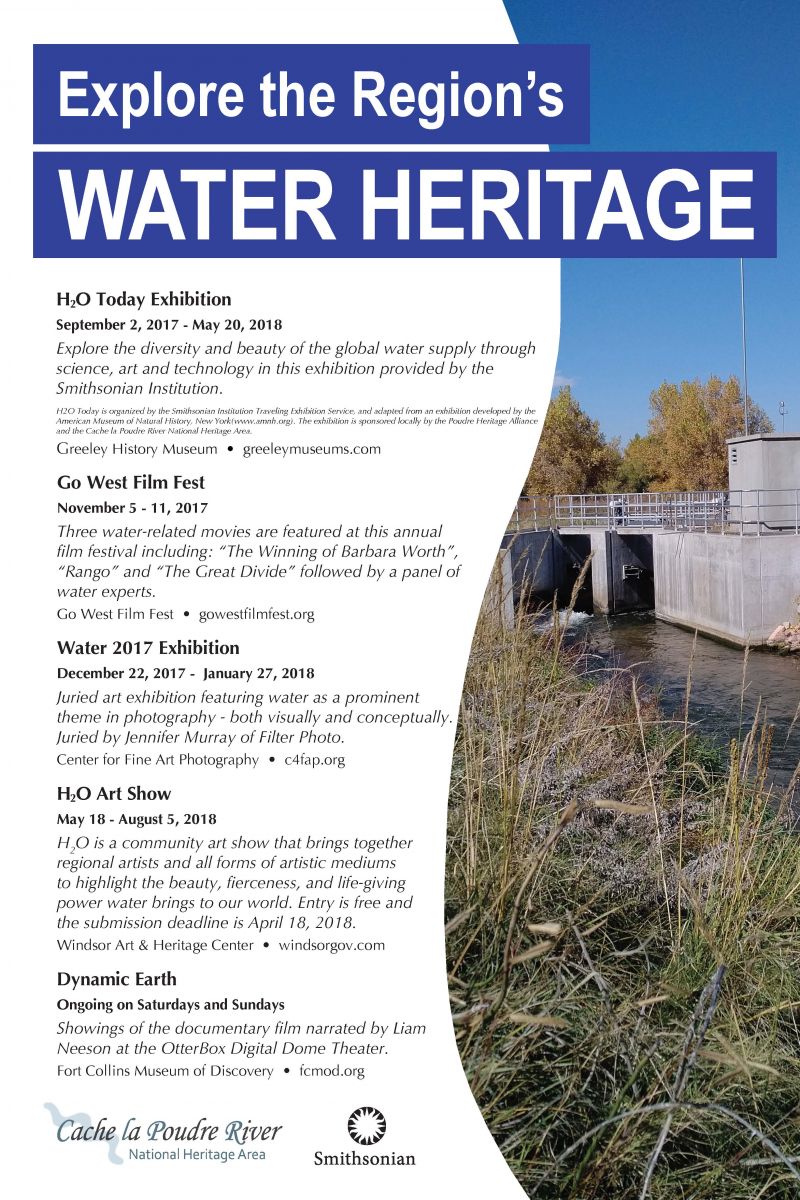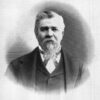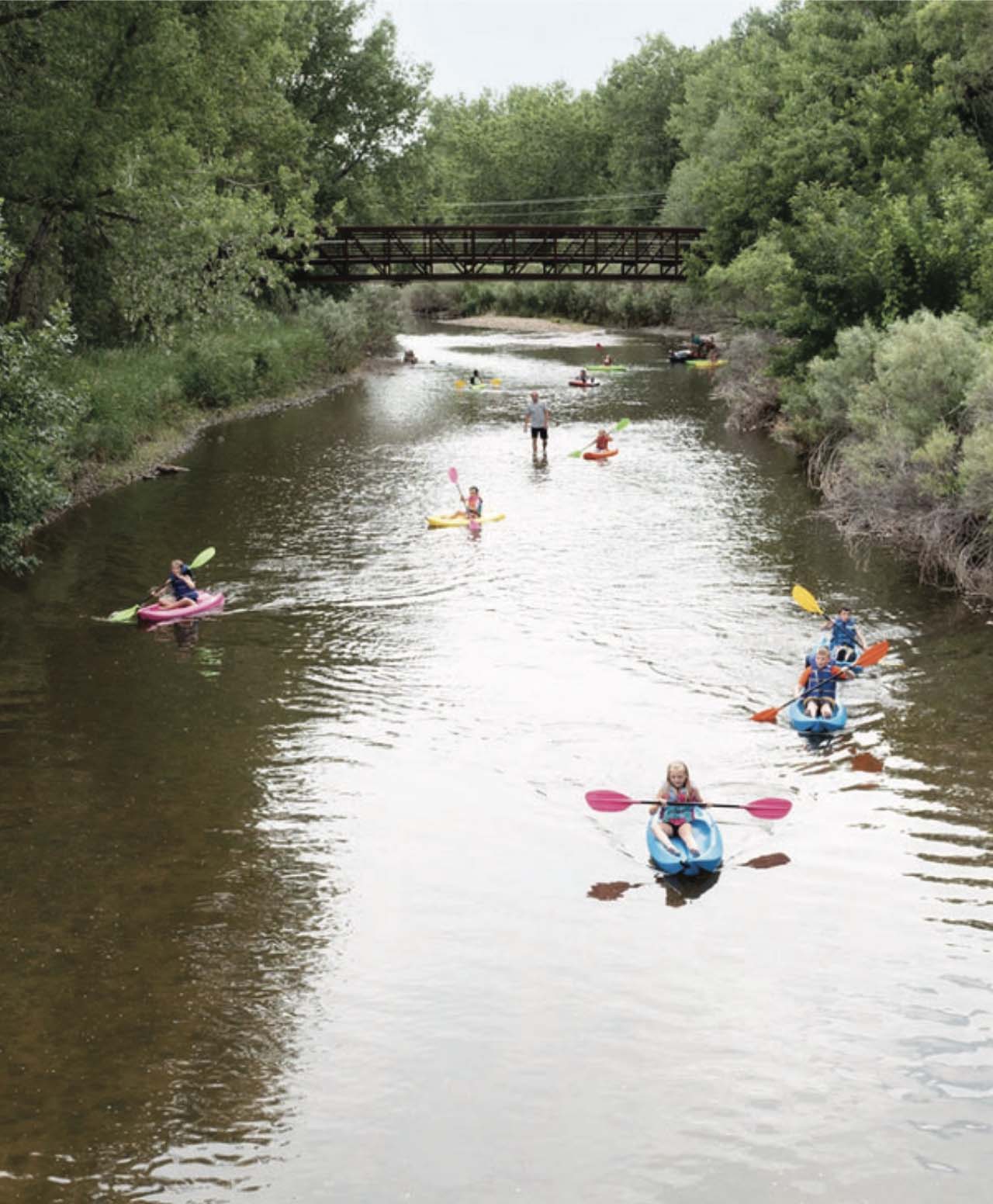
The sun is out, and the water is calling. However, it is important to remember one of our most beloved places to recreate in the Cache la Poudre River National Heritage area is still a force of nature. According to the U.S. Geological Survey, the Cache la Poudre River in Fort Collins was flowing at a discharge rate (the volume of water moving down the river per unit of time) of 627 ft3/s as of May 29, 2024, at 1 o’clock in the afternoon. An hour earlier the flow rate was down to 197 ft3/s. This constant fluctuation is one of the major reasons it is so important to be prepared when recreating on the river.
Remember to have fun and Play it Safe on the Poudre!
1. Wear proper safety equipment.
- Life jackets save lives
- Personal Flotation Devices (PFDs), or life jackets, can be purchased at local places within the heritage area. Find suggestions for places to shop under resources. Life vests will be provided at all whitewater rafting locations.
- Wear shoes
- Proper shoes provide foot protection and traction. When entering and exiting the river, the rocks on the riverbed will be slippery and potentially sharp. Sturdy shoes will also protect your feet from various hazards such as rocks, sharp objects, and debris.
- Wear a helmet
- If you do fall into the water, a helmet will protect your melon.
- Don’t tie anything to yourself or your tube
- Why? If you flip, it could get caught between the rocks on the riverbed. It could also get caught on a passing tree branch and flip the tube.
2. Is it safe to go?
- Know the weather and water conditions
- Check the water conditions using the RMA Poudre Rock Report linked below.
- This water is melted snow – it’s ALWAYS cold!
- Avoid logs, branches, rocks and debris
3. Know where you are.
- Take a map. Maps can be found at the physical locations listed below or you can download a digital version.
- Plan your take-out location before you get in so you don’t get stuck without an exit strategy.
4. Float Sober, Float Safe
- Alcohol and drugs impair judgement
5. Be Courteous
- Pack it in; pack it out
- Share the river
- If you flip, be aware that you may be on private property when you make it to shore.
- Note: The Cache la Poudre River National Heritage Area does not own nor manage land within the heritage area. This means that if you flip and get to shore, you may end up on private property. Remember to always know where you are and respect the landowner’s property.
6. What if you flip?
- Don’t stand up in the river; avoid foot entrapment.
- Float on your back with your feet pointing downstream and toes out of the water.
- Take a whistle and a drybag.
- Use your arms to paddle to shore.
Local Places to Buy Gear
| Flotation Devices | Shoes | Helmets | |
| JAX Outdoor Gear | X | X | X |
| Johnstown Scheels | X | X | X |
Local Places to Rent Gear
| Life Jackets | Helmet | River Tubes | |
| Garretson’s Sport Center | X | ||
| Eastman Park – Windsor | X | X | |
| Rocky Mountain Adventures (gear specifically for whitewater rafting) | X | X | X |
Information provided by the U.S. Geological Survey is provisional and subject to revision. Images provided by photographer Terry Walsh and the Town of Windsor.
